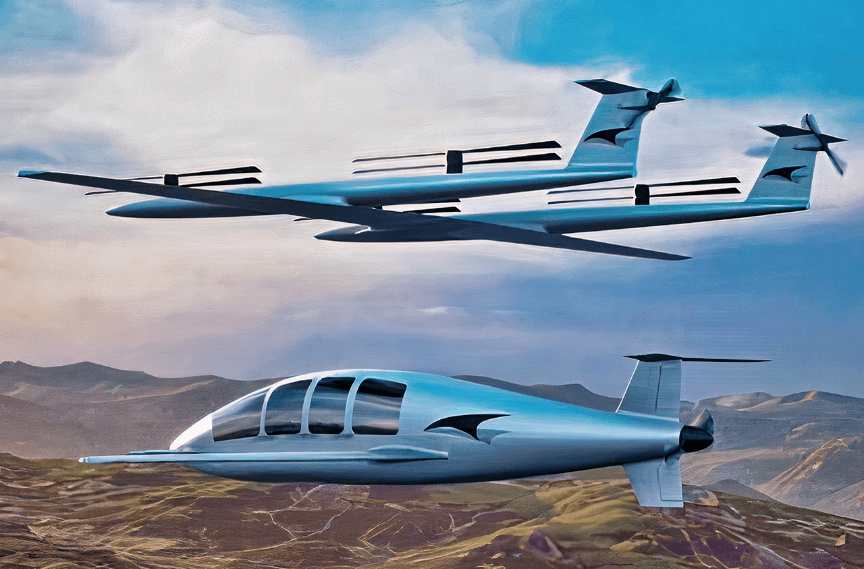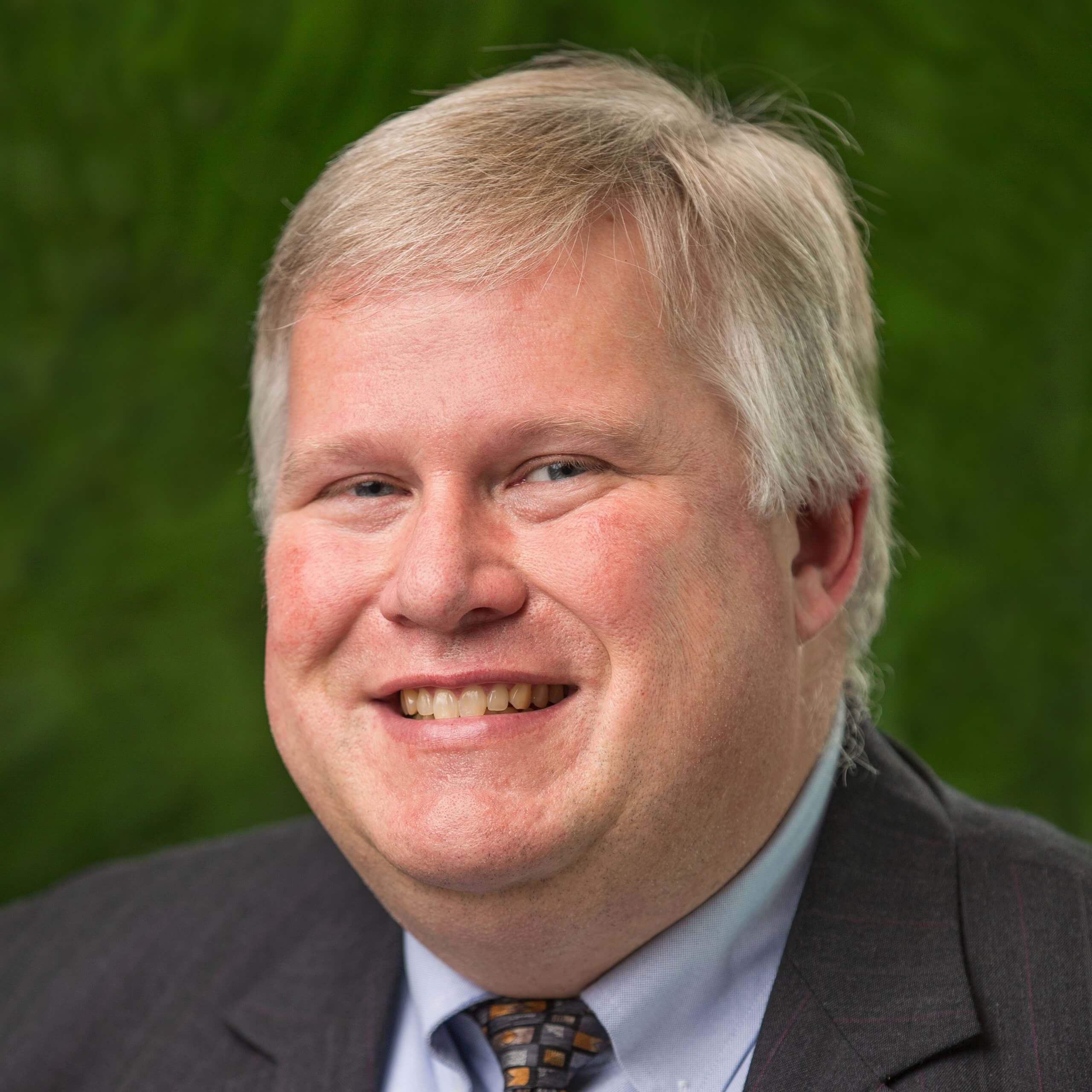Free Resources
- ABOUT
- SERVICES
Design
Analysis
Test
- Software
Siemens Digital Industries Software
Technical Support Hotline
ATA Software
Software We Use
Process Improvement
- Industries
- PORTFOLIO
- Careers
- CONTACT
- PROJECT INQUIRY


The design of any electric aircraft involves multiple technical areas, including aerodynamics, thermal dynamics, electromagnetics, battery chemistry, thermal management, lift, propulsion, controls, and many more. Model-based systems engineering enables the modeling of all necessary components and their interactions to predict performance for a given flight profile.
This on-demand webinar will use a battery-electric VTOL aircraft as an example to show how this kind of system modeling can be leveraged to accelerate the investigation and design of urban air mobility concepts. In this webinar, we will discuss:

Senior Technical Advisor, ATA Engineering, Inc.